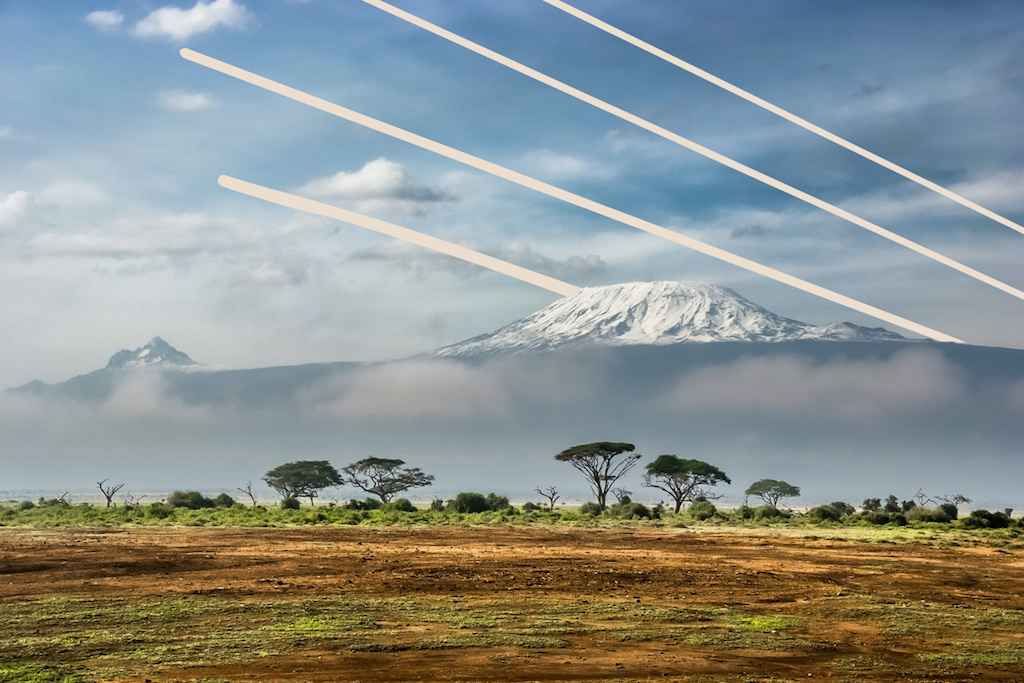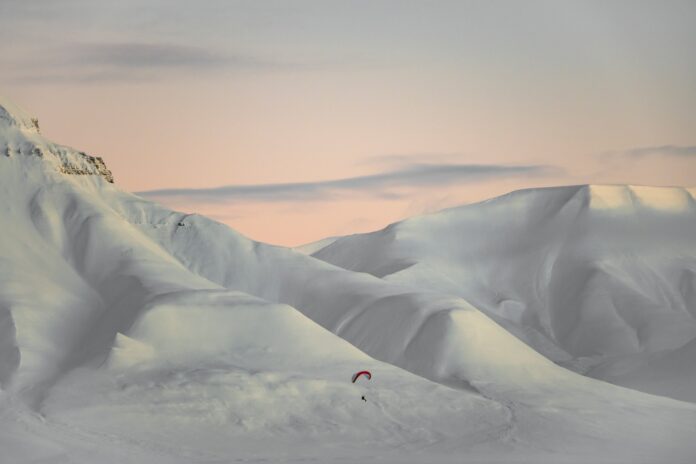Prowling the savannah, feasting on what grows and roams locally, sleeping out under the stars and being at one with nature…
Sure, we could be describing Kenya’s national animal, the East African lion. But equally, we could be narrating your next adventure to a country palaeontologists have deemed ‘’the cradle of humanity’’.
Because if you’re looking to reacquaint yourself with nature after two years of domestic drudgery, then there are fewer better places to do so than Kenya, a country rich in biodiversity and home to some of the most incredible flora and fauna on the planet. Should you be looking to narrow down your itinerary for your Kenyan safari holiday, you’ve come to the right place; here are 5 of the best national parks and reserves in Kenya to see wildlife.
SAMBURU NATIONAL RESERVE
If it’s elephant sightings you’re after, Samburu National Reserve is where you should head first. Sitting on the banks of the Ewaso Ng’iro river and with the Buffalo Springs National Reserve across the water, the river is a source of replenishment for wildlife all year round, and attracts a huge diversity of animal to this 165 km² park.
Samburu is around a 400-kilometre drive from Nairobi and can be reached in around 8 hours by car. Alternatively, flights take just an hour from the capital.
However you choose to make the journey, once you’re there, safari tours will take you deep into the reserve to catch a glimpse of the Samburu’s unique (and uniquely rare) Big Five; Grevy’s zebra, the beisa oryx (a species of antelope), gerenuk (also known as the giraffe gazelle), the Somali ostrich and the reticulated giraffe. For a Kenyan family safari holiday with a difference, Samburu should be high on your priority list.
But that’s not all; Samburu is also home to around 900 elephants, who amble the reserve as though they own the place. And when you think about it; they kind of do.

LEWA WILDLIFE CONSERVANCY
Founded in 1995 and covering 62’000 acres to include the Ngare Ndare Forest, the privately owned, not-for-profit Lewa Wildlife Conservancy is a global model for conservation, anti-poaching and education.
Its most famous resident is the endangered black rhino, whose numbers had been dwindling dramatically over the previous two decades, from 20’000 to just 300. Slowly but surely, thanks to the work of the conservancy, black rhino numbers have now doubled to 600, and are steadily rising further. It’s noble work; the native black rhino is one of the most endangered species on the planet and needs protecting at all costs.
Read: 5 of the best destinations in Africa for wildlife volunteering
A visit here not only supports the valuable work that the team at Lewa Wildlife Conservancy are doing, but it will also grant you access to the rolling hills, swamps and forests that those aforementioned rhinos, elephants, and the rare Grevy’s zebra all call home. Not only that, but you’ll also see lions, cheetahs and hyenas on safari here, too. Result!

THE LAIKIPIA PLATEAU
Just a two-hour drive northwest of Lewa is the Laikipia Plateau, another Kenyan area of magnificent biodiversity. With the Mathews mountain range as a backdrop, Laikipia bears witness to a huge elephant migration from Mount Kenya all the way to Samburu, with 2000 of these gorgeous animals passing through Laikipia on their journey.
Within Laikipia is the Ol Pejeta Conservancy, a sprawling not-for-profit area of plains, woodland and grassland that boats the traditional Big Five of lions, leopards, buffalos, elephants and rhinos; a must-visit if you’re keen on ticking those sightings off your bucket list. Or, for something a little different, the Ol Lentille Conservancy has a large population of endangered African dogs, as well as leopards, elephants and hyenas. What we’re saying here is that if you’re looking for wildlife, you’ll be spoilt for choice on the Laikipia Plateau.
AMBOSELI NATIONAL PARK & CHYULU HILLS
The Amboseli (meaning ‘salty dust in Maasai) National Park and the Chyulu Hills are connected by a newly installed wildlife corridor. Created by the African Wildlife Foundation, the corridor bans vehicles and encourage a safe passage for animals to migrate through.
One of the key groups of animals that strolls this corridor in relative safety is Amboseli’s near 2000 big-tusked elephant population, who walk in procession, tail in trunk, in the shadow of Mount Kilimanjaro; what a sight to behold!
At the foot of the Chyulu Hills, buffalo, antelope, elephant, leopard, wildebeest and zebra all prowl. In the southwest corner of the reserve, Lake Jipe offers the chance for a remarkable array of rare bird watching opportunities, with 370 species here. Best pack your binoculars!

MASAI MARA NATIONAL RESERVE
Masai Mara is one of the largest game reserves in Kenya, scrap that, in the whole of Africa, and has been credited as being the inspiration for the Lion King.
It’s home to all members of the big five (lions, buffaloes, elephants, leopards, and rhinos) who make up a heavy-hitting must-see list of safari wild animals. But an even bigger spectacle here is the migration of over 2 million wildebeest and zebra, in what is often referred to as (cue David Attenborough voiceover) ‘The Greatest Wildlife Show On The Planet’.
The mara itself is a fast savannah grassland dotted with wildlife and a nice mix of private and public safari lodges and campsites. The beautiful reserve is named after the inhabitants of that area, the Maasai people, the most photographed people in the world.
The best time for a Masai Mara safari is from July to November, when the wildebeest migration is ongoing and spotting animals is most likely. We’ll see you on the savannah!
If you’re keen to continue your exploration of African safari opportunities, then check out these 5 IDEAL places to plan your safari in Tanzania around.





